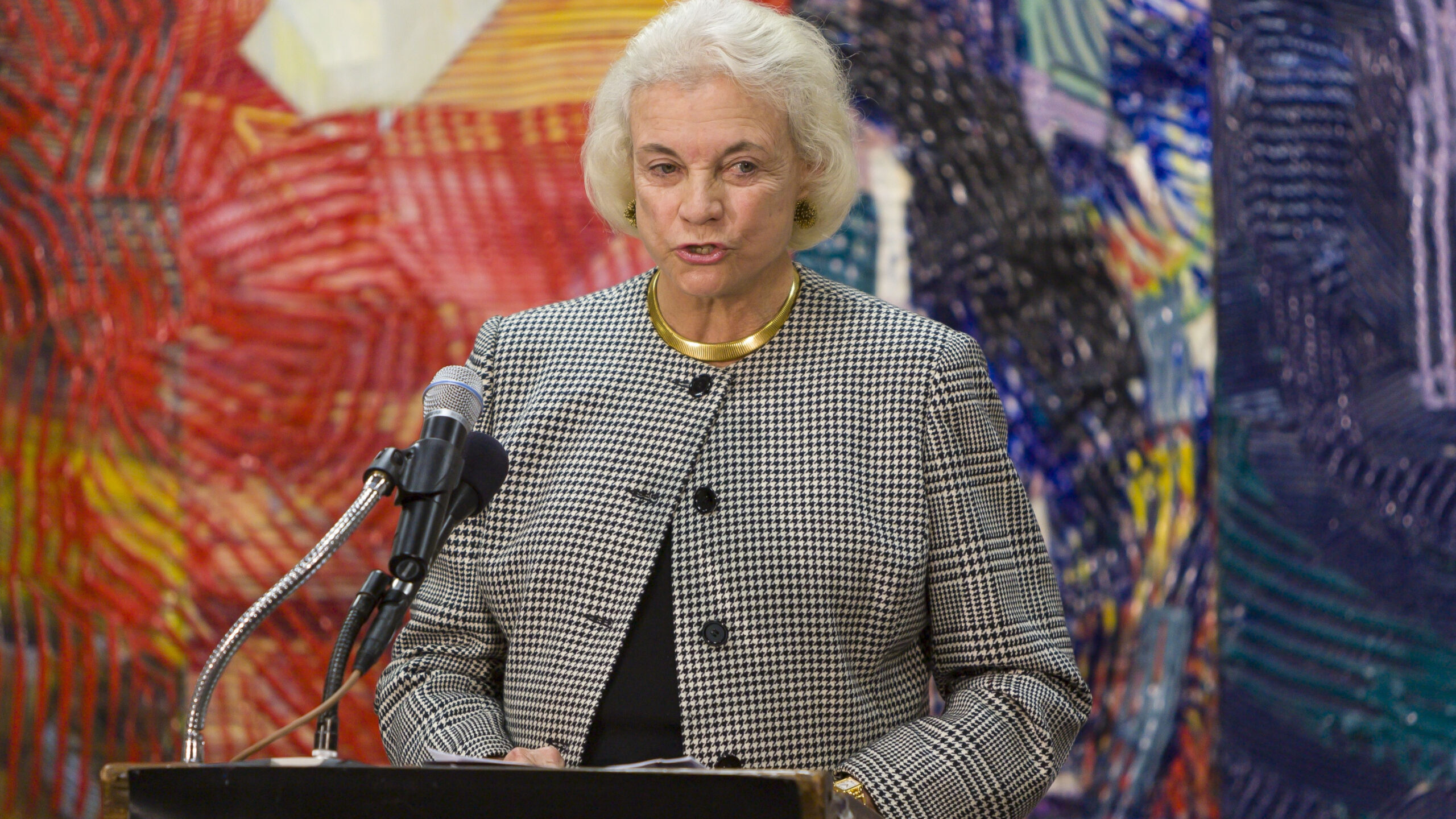The Copyright Royalty Board: An Explainer
Today the new Copyright Royalty Board (CRB) ruling was released, announcing royalty rates that will impact music streaming services and the broader music ecosystem. Given how complicated all of this is, we thought an explainer would be useful.
What is the CRB?
The CRB is an administrative body at the Copyright Office comprised of three Copyright Royalty Judges who set statutory license rates for certain music services. If the rights-holders and music distributors that wish to publicly perform sound recordings are unable to negotiate a settlement agreement about royalty rates within three months, then the CRB process begins.
How does the CRB process work?
The process is similar to an administrative trial, with written statements and testimony, discovery, and hearings. It results in a ruling that sets rates for the next five years. Depending on the kind of music service being offered, the CRB applies different legal standards to set rates.
How are the rates set?
The two main standards are the “willing buyer/willing seller” standard and the “801(b) factors.”
The willing buyer/willing seller standard applies to services that launched after the DMCA’s enactment in 1998. [Footnote: Yes, that DMCA; in addition to the 512 safe harbors and the 1201 anticircumvention language, the DMCA also legislated on music licensing (and some other stuff, like vessel hulls).] Under the willing buyer/willing seller standard, the CRB is supposed to apply a market-based standard for setting rates under Section 114 of the Copyright Act which “would have been negotiated in the marketplace between a willing buyer and a willing seller.” While that may sound fair and equitable, and indeed may be intended to be, it has “produced royalty obligations with the capacity to exceed some Internet radio services’ revenues, and obviously, no rational ‘willing buyer’ is going to spend more money than he’s got.”
A different standard applies to services that already existed at the time of the DMCA’s enactment, which consists of four factors stated in Section 801(b) of the Copyright Act. One of the factors literally tries to minimize disruption. As the Congressional Research Service (CRS) explained in a September report, this standard paid by older services typically results in lower rates than the willing buyer/willing seller standard faced by new entrants: “Generally, the 801(b) standard as applied by the CRB has resulted in significantly lower rates for performance royalties paid by satellite radio and digital cable radio services, compared to the higher royalty fees that have been established by the CRB for Internet radio broadcasters under the ‘willing buyer/willing seller’ standard.”
These compulsory license rates are available for “non-interactive” streaming services that function like radio (e.g., Pandora, iHeartRadio, SiriusXM); “interactive” streaming services where users can listen to songs on-demand (Spotify, Apple Music, Google Play) license music under different arrangements.
What happened in this new ruling?
At the time of this post, the full ruling is still being reviewed by parties for confidential information, but information about rates has been announced.
The rates were set at $0.0017 per-performance for nonsubscription services and $0.0022 per-performance for subscription services. (Noncommercial webcasters are subject to a different rate structure.) These rates apply only in 2016, rather than the full five year period. These rates will be adjusted in 2017-2020 to reflect increases or decreases in price level, as measured by the Consumer Price Index (notable since the issuance of the decision coincides with a Federal Reserve rate hike).
How does this compare to previous rates?
For comparison, the $0.0017 rate represents a 20+% increase over what Pandora presently pays for listener streams on its ad-supported tier. Recent history may be instructive here: last time, unsustainable rates led to Congressional intervention via the Webcaster Settlement Act of 2009. If music services face royalty rates that are too high, they may exit the marketplace.
Why does this matter?
Rulings by the CRB have a major impact on competition, innovation, and investment in music streaming services. Music services are already losing money; it’s unlikely that more new services will enter a market with high barriers to entry, significant financial burdens, and ambiguous regulations. (Pandora’s response to the ruling was optimistic: it stated that the rate would help provide “much-needed certainty for both Pandora and the music industry.”) (Update: RAIN News notes that on an investor call after this post ran, Pandora executives expressed concern for potential newcomers in this space: “It does make it harder for new players. It would be a challenge for a new company to start up and pay these rates from the start.”)
Generally speaking, it is not in the interests of either licensees or rightsholders to be subjected to unaffordable rates for music streaming. Streaming services play an important role in educating consumers on lawfully consuming media. For many consumers, the choice is not between affordable streaming services and buying CDs again; it is between affordable services and piracy. And while larger multi-service platforms (Internet companies that have many other aspects of their business besides music distribution) might cross-subsidize losses on high rates for some time with other products, expecting businesses with other more financially attractive products to invest indefinitely in money-losing ventures is unrealistic.








